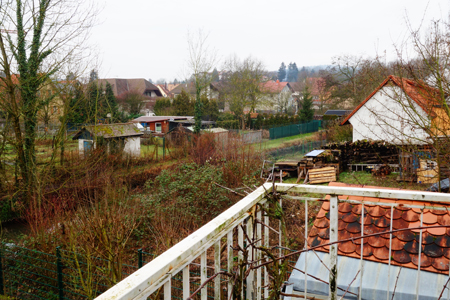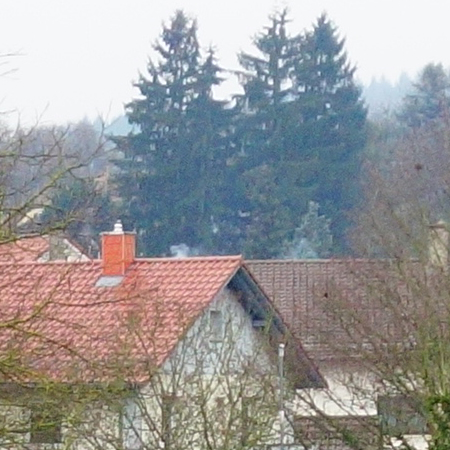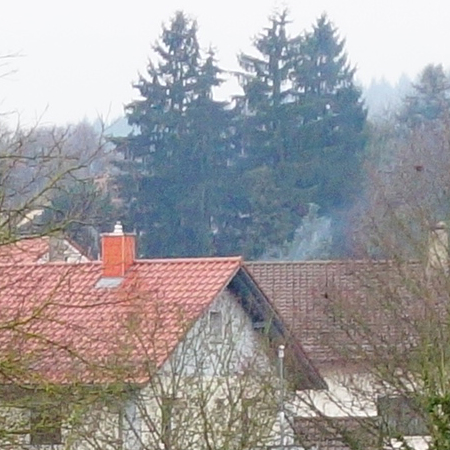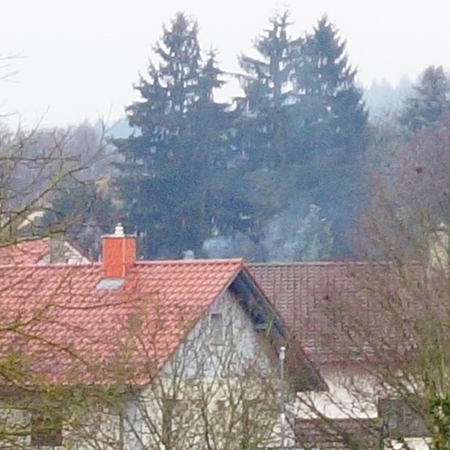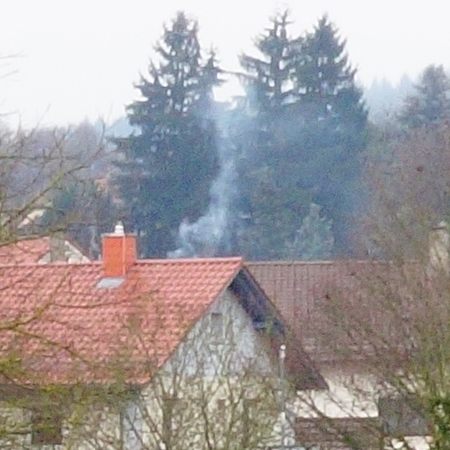Sony RX100 M1: Diffraction Samples
Introduction: Diffraction as a Limit to Stopping Down Lenses | Sample Photos | Conclusions | References
On this page, I present Sony RX100 M1 photos taken under similar conditions but with varying aperture to demonstrate how fuzziness caused by diffraction sets in at smaller apertures.
Note: See also page Calculating the Optimum Aperture for Different Sensor Sizes (Diffraction Limit) for a general discussion of diffraction.
Introduction: Diffraction as a Limit to Stopping Down Lenses
As you stop down, "diffraction" sets in and reduces image sharpness. The more you stop down, the larger diffraction effects get. Diffraction can be described as "the spreading out of a light beam when it's 'squeezed' though a small aperture." The smaller the aperture, the more the light spreads out.
This works differently for different sensor sizes, and you can read more about this on page Calculating the Optimum Aperture for Different Sensor Sizes (Diffraction Limit). All in all, the generalized results for the "optimum apertures" are:
- f/4: small sensor cameras (1/2.3", 1/1.7")
- f/8: 1" sensor cameras
- f/11: MFT and 4/3" cameras
- f/16: APS-C cameras
- f/22: full-format cameras
Please note that this are limits that diffraction sets to image quality; it sets in at much smaller f-numbers, but this is a "gradual" process (for details, see page Calculating the Optimum Aperture for Different Sensor Sizes (Diffraction Limit). Also note that these limits, may be a "matter of taste". Some authors maintain that diffraction sets in for 1" cameras already beyonf f/5.6.
Sample Photos
In the following, I present sections from example photos that I took at different f-numbers (up to f/11, the smallest aperture on the camera) and with the Sony RX100 M1 to look for diffraction effects. Of course, this is just a "quick-and-dirty" investigation. Nonetheless, diffraction effects can be found on the computer screen at least at 100% magnification. What this means in your photographing practice, is up to you...
Note: Here are some more photos that can also be used for this purpose. They were taken with focus at infinity to be compared with photos where distance was set to the hyperfocal distance: f/5.6, f/8, f/11.
Conclusions
My basic conclusion from this test is that I will not use an aperture value of higher than f/8 on the Sony RX100 M1. The deterioration at f/11 is visible, when I view the test photos in full size on the computer screen.
References
- See page page Calculating the Optimum Aperture for Different Sensor Sizes (Diffraction Limit) for references.
| 19.11.2021 |
